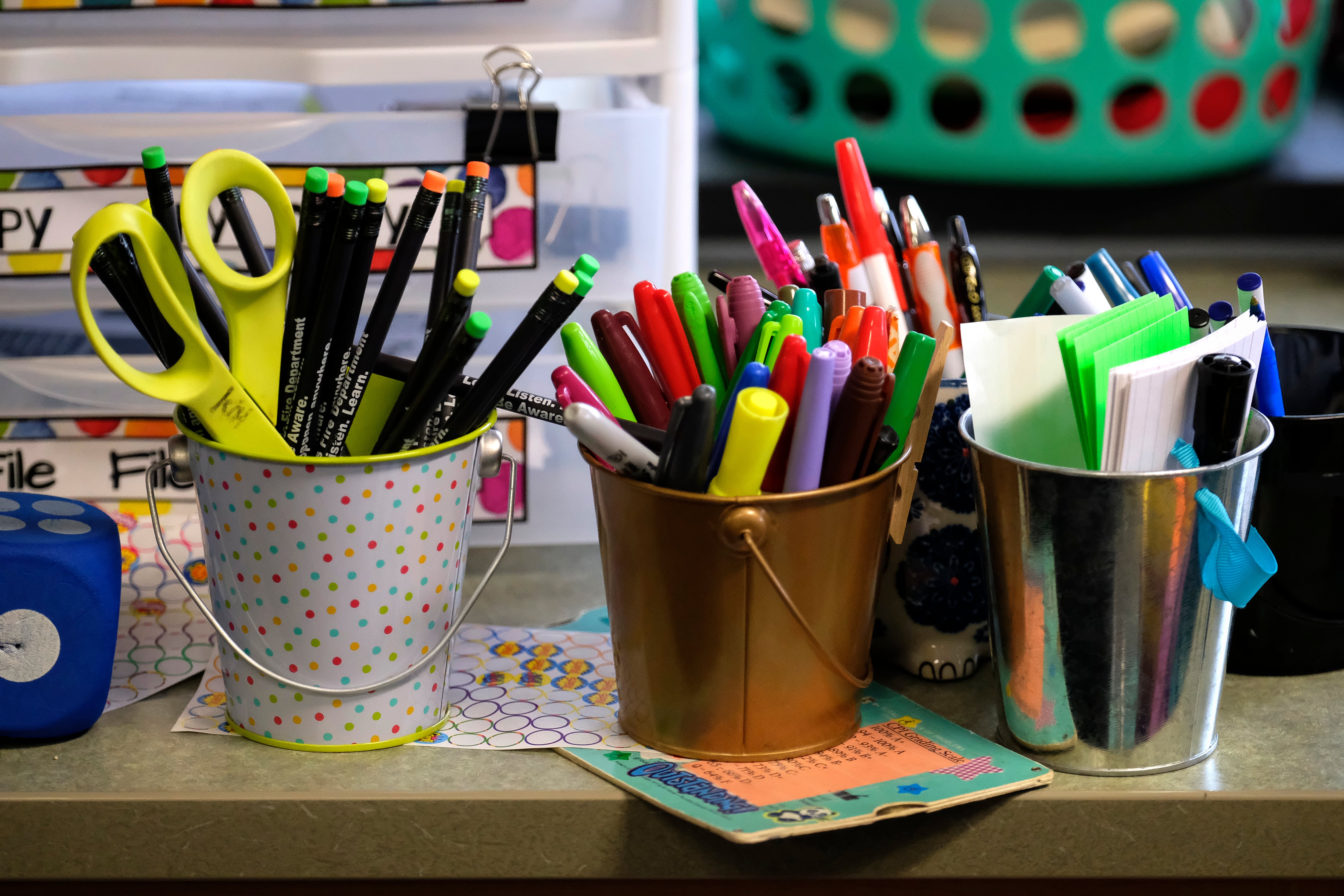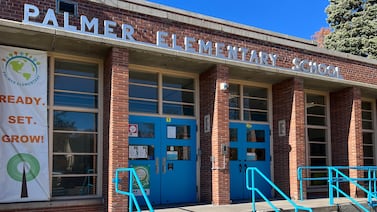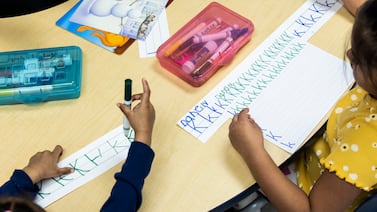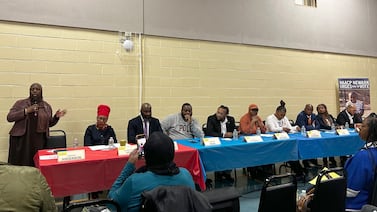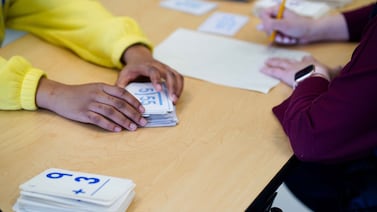Year after year, teachers in New York have had to fill in the gap left by their schools’ thin budgets for expenses as essential as classroom supplies.
During the 2019-20 school year, New York teachers spent an average of $463 on school supplies, according to data from the National Center for Education Statistics. Ninety-five percent of them purchased supplies with their own money. Some turn to crowdfunding platforms like GoFundMe and Donors Choose to cover the cost of basic items like crayons, pencils, and snacks for their students.
Chalkbeat New York wants to know how teachers are preparing for the 2024-25 school year. In partnership with New York Focus, we’re collecting stories from teachers around the state.
Are you a teacher purchasing school supplies out-of-pocket? How much do you plan to spend? Fill out the form below, and let us know if we can connect with you.
This project was produced in partnership with New York Focus.

